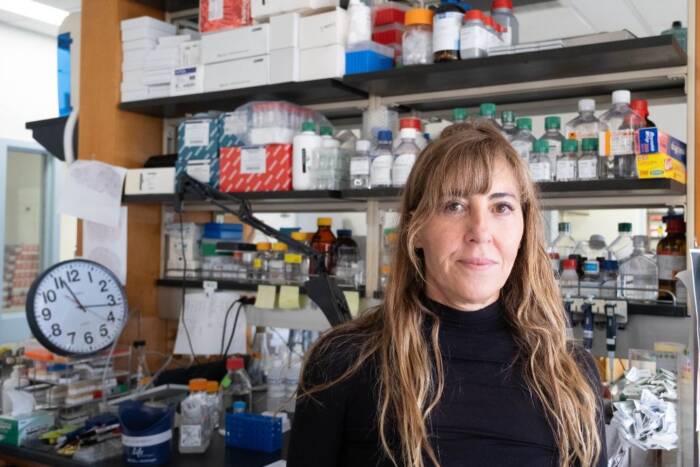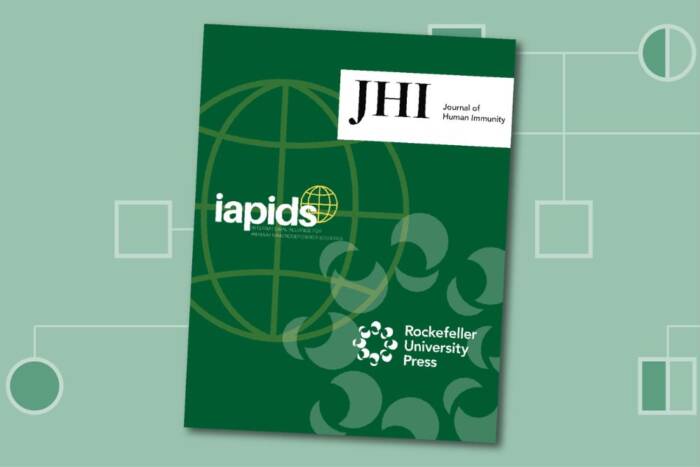Measuring awareness is not as simple as a single number
Science fiction describes the crucial difference between a robot and a person as sense of self. But for Rockefeller University’s George Reeke, computers — self or no self — do not yet begin to capture the complexity of the human mind. An article by Reeke and coauthors published recently in Proceedings of the National Academy of Sciencesapplies a theory developed by Gerald Edelman, formerly at Rockefeller and now at The Neurosciences Institute in San Diego, to suggest that thinking of the brain as a computer is a dangerous oversimplification. The scientists propose that consciousness exists as a dynamic process that cannot be programmed in silicon like a computer algorithm.
“Our group downplays the analogy that the brain functions like a computer, with networks and connections that relay information from one area to another,” says Reeke, head of the Laboratory of Biological Modeling. “Unlike a computer, the brain is not programmed by anybody; it has to figure out what various signals mean for itself through interactions with the world. It has to create new information, not just process old information. We are cautioning that perhaps, when thinking about the brain, researchers are simplifying things too much.”
In particular, the authors’ skepticism extends to a new theory which proposes that one number, called phi, can quantify exactly how much consciousness the connections within a brain or some future computer can support, in much the same way that one can measure how well a Pentium chip is working. Reeke, Edelman and colleagues instead have proposed that many different dimensions of brain complexity must be considered. Their analysis is based on Edelman’s Theory of Neuronal Group Selection (TNGS), which states that the brain is not an instructional system, like a computer, but is selectional, like the immune system. As an organism, such as a person, grows and develops, experiencing and interacting with the world, neuronal connections in the brain are formed, stabilized, destroyed and reorganized. The result is an extremely flexible and adaptable system that can cope with the myriad decisions that a person has to make even on a normal day, making it difficult or impossible to measure with a single number.
“We feel that measuring consciousness with a single number is like measuring the economy using only the gross domestic product,” Reeke says. “It may tell you how big an economy is, but there are vast numbers of details that are not captured in that number. This is the same for consciousness — the feeling of personhood, the feeling of past, present and future — none of these can really be captured in a number at all.”
Though much remains to be understood about consciousness — and the TNGS leaves many details still to be worked out — scientists will be best served by acknowledging complexity and looking at development and learning, not just static network properties, Reeke suggests. “None of our current measures really captures the multidimensional complexity of consciousness, of how our brain really works,” says Reeke.
Proceedings of the National Academy of Sciences 103(28): 10799-10804 (July 11, 2006)(opens in new window)


